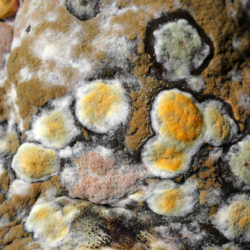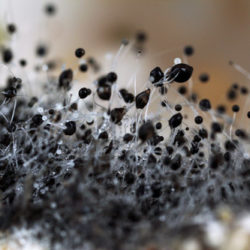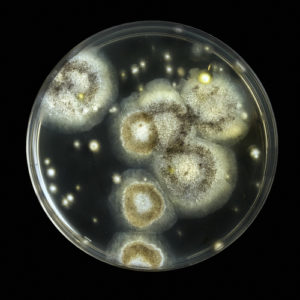Consumer Advocate, Erin Brockovich, Fights Mold Contamination Issues

Loosing Your Dream Home to Mold
The name “Erin Brockovich” has come to symbolize the consumer fight against illnesses caused by careless actions of big-bucks corporations. She then took on a battle that was literally closer to home, as she and her family dealt with the effects of black mold.
Black Mold and “Sick” Homes
After the landmark victory over Pacific Gas and Electric depicted in the movie that bears her name, Brockovich received a major promotion. She added motivational speaking and consumer activism to her busy workload and bought a million-dollar house near Los Angeles.
Her dream home began to lose its luster when Brockovich, along with her husband and 11-year-old daughter, started experiencing what she described as chronic flu-like symptoms. When she hired a contractor to fix leaks in the home, it was discovered that the house was infested with a mold called Stachybotrys, also known as black mold.
The Long Road to Recovery
Not surprisingly, she refused to let the presence of the mold drive her from her home. Mold remediation was performed one room at a time, for a total cost of $600,000.
The contractor referred Brockovich to an attorney named Alex Robertson, who specializes in toxic mold cases. They filed suit against the builder, subcontractor and former owner of her home, claiming that the mold was a result of water leaks caused by faulty construction.
Stern Mold Serves Home and Business Owners in NYC and Northern NJ
If you discover mold of any type in your home or business, don’t take chances with your health. Avoid expensive mold remediation with our eco-friendly, cost-effective MoldExterm process. Contact us today to learn more and schedule your free inspection.




